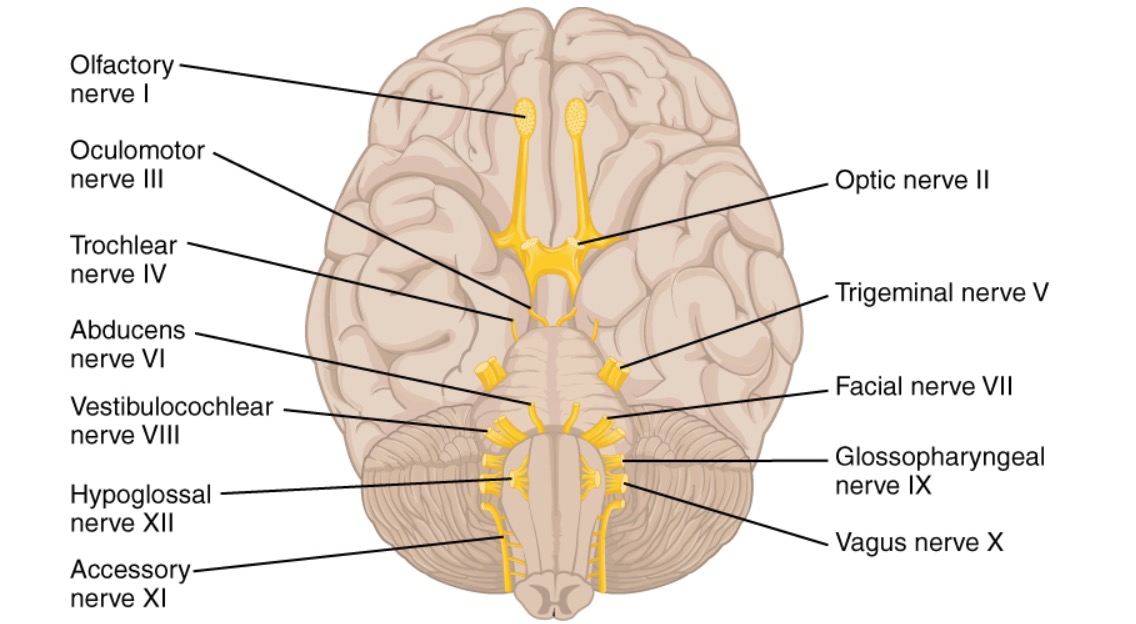Playlist
Show Playlist
Hide Playlist
Cranial Nerve VI: Abducens Nerve
-
Slides 7 CranialNerves 1 BrainAndNervousSystem.pdf
-
Reference List Anatomy.pdf
-
Download Lecture Overview
00:00 The abducent nerve, cranial nerve number VI is our last cranial nerve to take a look at. It has just one functional component and that is general somatic efferent. The cranial nerve is transmitted through superior orbital fissure. This functional component has one muscle to innervate and that is the lateral rectus muscle, another muscle that moves the eyeball. Here’s the eyeball here. 00:36 Here is the distal attachment of the lateral rectus. Then back here, you can see the proximal or source of origin of the muscle. Then with it being reflected, you can see the abducent nerve innervating the lateral rectus muscle. Clinical consideration here, if there’s a lesion of this nerve or a palsy, the individual affected is unable to abduct their eye, move it out or laterally. Some causes of injury to the abducent nerve would include tumor, an infarction, and then an aneurysm of a neighboring artery putting pressure on the nerve could also cause a lesion of the abducent nerve.
About the Lecture
The lecture Cranial Nerve VI: Abducens Nerve by Craig Canby, PhD is from the course 12 Cranial Nerves and Their Functions.
Included Quiz Questions
Which of the following muscles is innervated by the abducens nerve?
- Lateral rectus
- Inferior rectus
- Medial rectus
- Superior oblique
- Inferior oblique
Which condition is caused by cranial nerve VI palsy?
- Inability to abduct the eye
- Drooping of the eyelid
- Impaired adduction of the eye
- Fixed and dilated pupil
- Inability to close the eye
Customer reviews
5,0 of 5 stars
| 5 Stars |
|
5 |
| 4 Stars |
|
0 |
| 3 Stars |
|
0 |
| 2 Stars |
|
0 |
| 1 Star |
|
0 |




